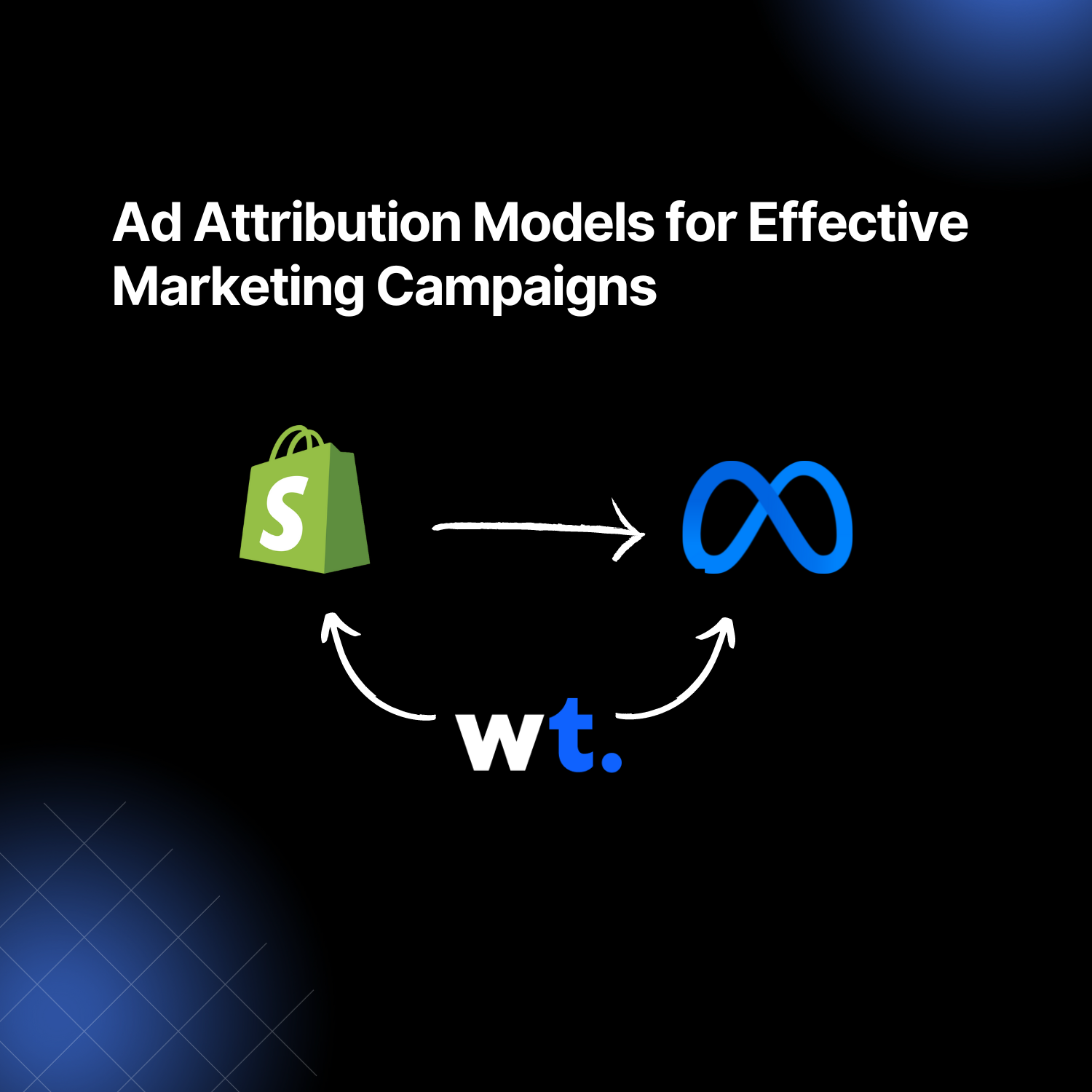Understanding Ad Attribution Models for Effective Marketing Campaigns
If you're looking to improve your advertising campaigns and maximize your return on investment, ad attribution models are the key. In this guide, we'll explore the different types of ad attribution models and how they can help you better understand the effectiveness of your campaigns. By identifying which elements of your campaigns are most successful in driving conversions and revenue, you can optimize your advertising spend and create more effective campaigns. So, let's dive in and learn how to use ad attribution models to boost your marketing efforts.

Are you looking for ways to improve your advertising campaigns and maximize your return on investment (ROI)? Look no further than ad attribution models. These models help marketers better understand the effectiveness of their advertising campaigns by identifying which elements of their campaigns are most successful in driving conversions and revenue.
There are several different types of ad attribution models, each with its own strengths and weaknesses. Let’s take a closer look at each of them:
- Last Click Attribution Model This model gives credit to the last click before a conversion is made. It is easy to track and understand, but it doesn’t account for any other interactions that may have taken place prior to the last click.
- First Click Attribution Model This model assigns credit to the first interaction with an ad or campaign before a conversion is made. It can be useful for understanding the impact of initial impressions, but it doesn’t account for any other interactions that may have taken place after the first click.
- Time Decay Attribution Model This model gives more credit to recent interactions with an ad or campaign and less credit to older interactions. This allows marketers to understand how exposure to an ad or campaign may have impacted conversions over time.
- Position Based Attribution Model This model gives credit to both the first and last interactions with an ad or campaign before a conversion is made. It can be useful for understanding how different elements of a campaign work together to drive conversions.
- Data Driven Attribution Model This model uses data from a variety of sources to determine which interactions are most important for driving conversions. It can be useful for understanding the full customer journey and how different elements combine to impact conversion rates.
While each attribution model has its strengths and weaknesses, it’s important for marketers to choose the one that best fits their needs. By understanding how different elements of a campaign contribute to conversions, marketers can create more effective campaigns and optimize their advertising spend.
When choosing an ad attribution model, it’s important to consider the specific goals and objectives of your organization. No single model is perfect, and different models may be better suited for different scenarios. By carefully evaluating each option, marketers can make an informed choice as to which model will help them best achieve their goals.
Ultimately, ad attribution models help marketers better understand the performance of their campaigns and optimize their spending to get the most out of every dollar spent. By making use of an appropriate model, marketers can ensure that they are getting the most value from their advertising efforts.
In conclusion, if you want to improve your advertising campaigns and get the most out of your advertising spend, you should consider using an ad attribution model. With the right model in place, you can gain a deeper understanding of your campaigns and optimize your spending for maximum ROI.